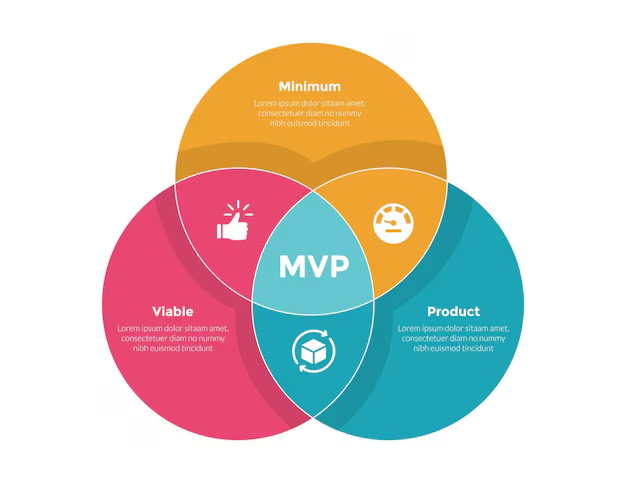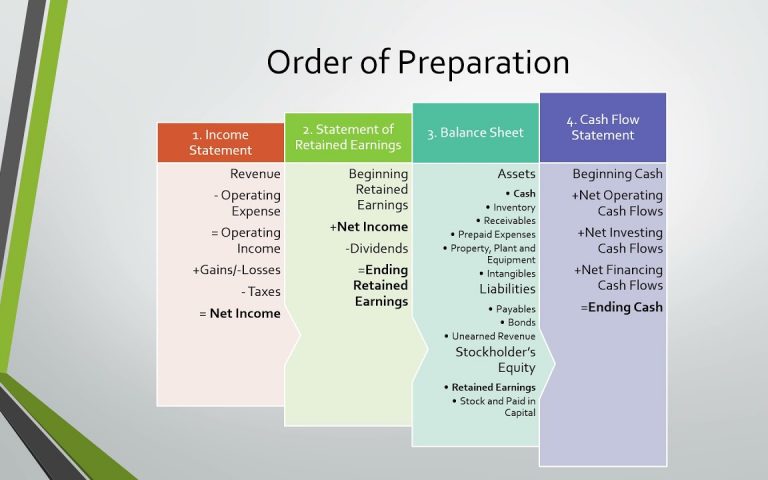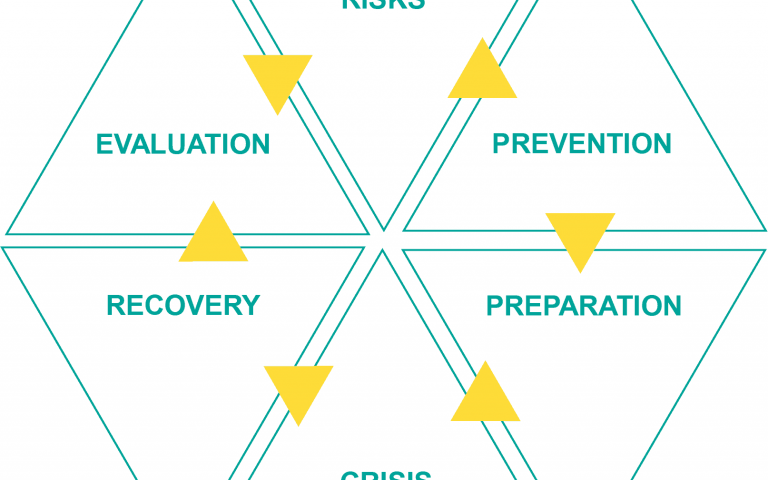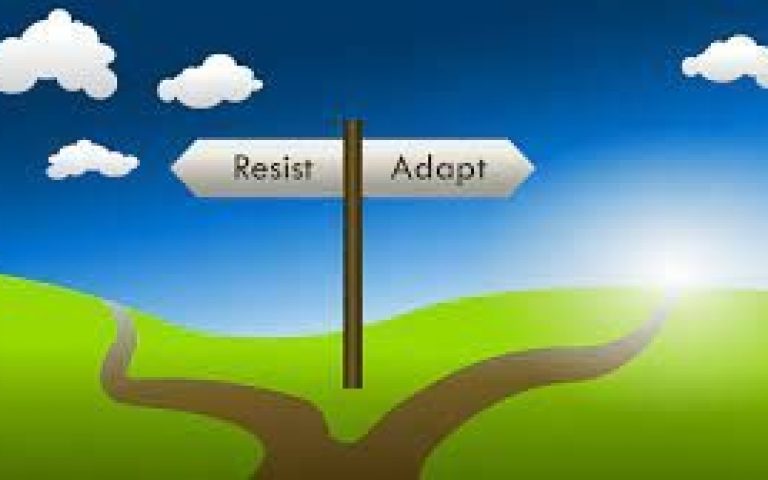A business situational assessment is a crucial step for organizations looking to understand their current market position, identify opportunities for growth, and navigate potential challenges. This process involves a thorough analysis of both internal and external factors that can influence the business’s success. Here’s a concise guide on how to effectively conduct a business situational assessment.
Define Objectives and Scope
Before diving into the assessment, it’s essential to establish clear objectives. What do you aim to achieve? Are you looking to expand into new markets, improve operational efficiency, or enhance customer satisfaction? Defining the scope ensures that the assessment is focused and relevant, saving time and resources.
Conduct a SWOT Analysis
A SWOT analysis is a fundamental tool in any situational assessment. It helps identify the internal strengths and weaknesses of the business, as well as external opportunities and threats.
- Strengths: Evaluate what the business does well. This could include strong brand recognition, a loyal customer base, or unique technological capabilities.
- Weaknesses: Identify areas where the business is lacking. This might involve outdated technology, limited financial resources, or a weak online presence.
- Opportunities: Look for external factors that the business can leverage to its advantage. These could be emerging markets, technological advancements, or changes in consumer behavior.
- Threats: Recognize external challenges that could hinder the business. This includes competition, regulatory changes, and economic downturns.
Analyze the External Environment
Understanding the external environment is crucial for anticipating changes and adapting strategies accordingly. This involves examining various factors using the PESTLE framework:
- Political: Assess how government policies, regulations, and political stability affect the business.
- Economic: Consider economic indicators like inflation, unemployment rates, and economic growth.
- Social: Examine demographic trends, cultural shifts, and changes in consumer preferences.
- Technological: Stay updated on technological advancements that could impact your industry.
- Legal: Be aware of legal issues, including labor laws, environmental regulations, and industry-specific legislation.
- Environmental: Consider environmental factors such as climate change, sustainability concerns, and resource availability.
Evaluate Internal Capabilities
Assessing internal capabilities involves a deep dive into the organization’s resources and processes. Key areas to focus on include:
- Financial Health: Review financial statements, cash flow, and profitability to understand the business’s economic stability.
- Operational Efficiency: Analyze production processes, supply chain management, and operational workflows to identify areas for improvement.
- Human Resources: Evaluate the skills, experience, and morale of your workforce. Consider training programs and talent acquisition strategies.
- Technology and Innovation: Assess your technological infrastructure and innovation capabilities. Determine whether your technology supports your business goals.
Develop Strategic Recommendations
Based on the insights gathered from the SWOT analysis, external environment analysis, and internal capabilities assessment, develop strategic recommendations. These should be actionable steps that align with your business objectives. Prioritize initiatives that leverage strengths, mitigate weaknesses, capitalize on opportunities, and protect against threats.
In Summary
Conducting a business situational assessment is a dynamic process that provides a comprehensive understanding of the business landscape. By systematically evaluating both internal and external factors, organizations can make informed decisions, craft effective strategies, and position themselves for sustained success. Regular assessments ensure that businesses remain agile and responsive to an ever-changing market environment.
***
TITAN Business Development Group, LLC
business coaching | advisory | exit planning
























































































